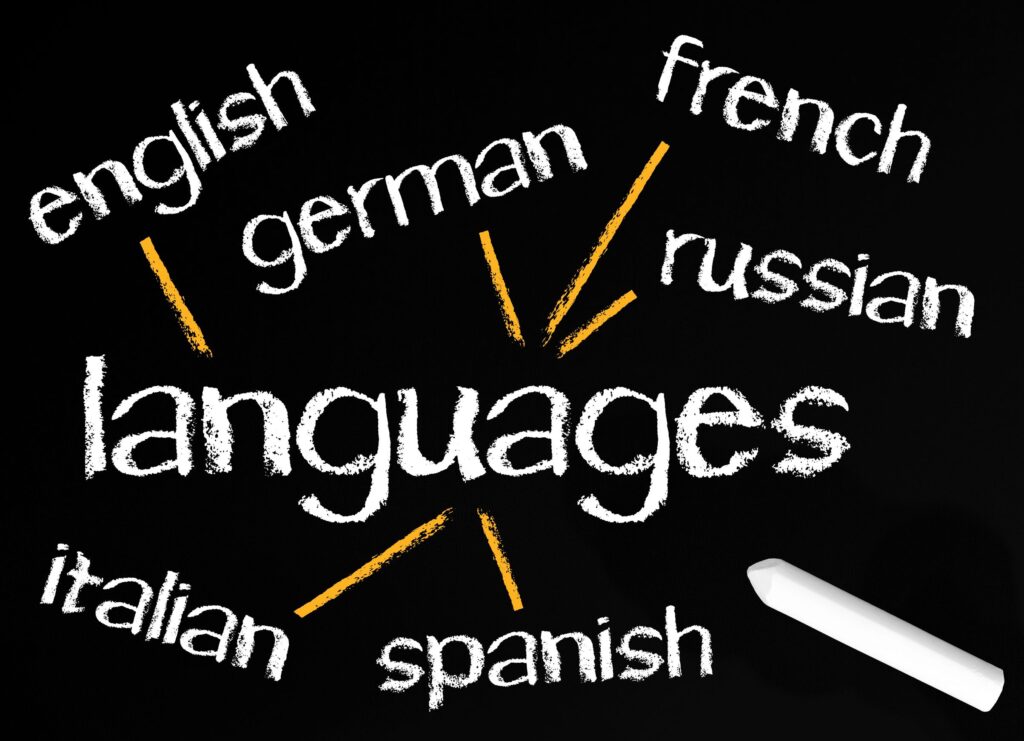International markets provide almost half of the revenues of corporations in the Fortune 500 list. It is inevitable for these and other companies operating in several foreign markets to create employee-training programs, which they translate into different languages.
Several years back, employee training was conducted by gathering employees in one place for a few days, with trainers providing the training in person. The method is time-consuming and expensive. Participants have to be away from their desks for a few days. Employers have to provide room and board for the employees attending the program. They have to create the program, hire the trainers, and find a venue. Often, retention of what employees learn is short.
Today, the trend is to hire consultants to prepare elearning programs. The programs are portable and can be available online. The training is available anytime and taken at the pace that fits the employees’ schedule. They can take the lessons as often as needed. With the structure of the elearning program, employees retain information better. In this context, it is beneficial and more efficient for corporations to translate their elearning programs, since most of them have multilingual employees and offshore offices or branches.
To make sure that non-English speakers can understand the program, it should be available in different languages. Creators of elearning programs should make translation- and localization-friendly content.
Writing elearning content that is ready for localization
For efficiency and ease of localization, writers of elearning courses should keep in mind to have them ready for translation for the global audience. They should refrain from using local references, such as literature, politics, culture, sports, and society, which other users may not know or understand.
Here are some ideas to ensure that the elearning content is ready for translation.
- Writers should use short and simple sentences. When writing elearning materials, everyone taking the course must be able to understand and absorb the content quickly. Short and simple sentences are easier to translate and adapt to a local language. Translators can work faster and render the material with greater accuracy when they work with concise sentences. Moreover, when there are long sentences that present two or three ideas that can confuse learners. It is also a good idea to limit the use of modifiers.
- Do not use dialects and idioms. Instead, it is better to use literal and straight language. Refrain from using dialect that may have different meanings when translated. Moreover, the writers should avoid using idioms, as these may not have equivalent words in other languages.
- eLearning content writers should maintain consistency when they explain different concepts. Using the same language style and using the same terminology throughout the lessons will make the lessons easier to translate. Using synonyms for the sake of eliminating repetition is not friendly to translators. It could lead to mistranslations, which can be costly. Translators use translation memory tools that create databases of commonly and frequently used words, and use them during the translation process.
- Different cultures use and understand different signs and symbols. See to it that the writers only use universal symbols to avoid misinterpretation. For example, when you make the hand signal for okay, it means money to the Japanese, while the French interpret it as zero. However, in Brazil, Russia, and Germany, the sign symbolizes a private orifice in humans.
- Abbreviations and acronyms are tricky as well. Instead of using them, it is better to use their expanded forms before using their short forms. It will make it easier for the translators to understand what you mean.
Developing elearning content
Businesses need cost-efficient training alternatives that ensure consistent learning courses for their employees and workers. eLearning courses are portable, consistent, and can be available in different languages through translation and localization. Before the creators of the learning courses start creating them, the company must provide the objectives and goals of the training or learning program. The creators should understand the purpose of the elearning program, the target users, and the target languages. The information will help the creators skew the lessons to the specific culture, outline the content, determine the instructional strategies, and how to approach the assessment process.
The main objective of an elearning program is to bridge the gap between the current skills of the employees and the new knowledge they need.
Clients should provide the elearning creators with reference and source documents or give them instructor-led training courses for conversion into elearning content. Knowing that the learning course will target multilingual users from the beginning allows the creators to work with a translation and localization team to ensure accurate delivery of the elearning courses. The translation company will select native speakers who are experts in the subject.
eLearning content comprises different modules or chapters. Review questions, quizzes, and assessments often end each chapter, allowing the learner to test what they have learned. You can design courses that require learners to pass each section before they can move to the next one.
Course designers should use text to a minimum on each slide, to allow for text expansion during translation. Likewise, it is vital to avoid superimposing text on images, so replacement of them could be easier. Translation and localization will be more accurate if the original course does not refer to a specific culture.
Localizing elearning content
Most of today’s businesses operate globally, which means that their workforce is multicultural and multilingual. Business owners accept the fact that while English is an international business language, not all people speak or understand English.
Providing employees with the right training is crucial for business operations. Office staff members need to update their knowledge. eLearning courses come in different forms. The lessons could be to learn or refresh their understanding of company operations for various departments. Lessons could also be about using new equipment. eLearning could be academic lessons or refresher courses. Lessons can be created for beginners and advanced learners.
Localizing elearning means translating its content and adapting it to the target culture. This means changing words, images, colors, and symbols. Localizing content means adapting the information it contains to local ideas, concepts, knowledge, and preferences.
All the course activities should be appropriate to the target culture.
For accurate and cost-effective localization services, contact us.
Ensure that your elearning courses are appropriate for all users. Our translators at eTranslation Services are experts in different subjects, so you can be sure that your elearning programs are appropriate to your target culture. Working with more than 100 languages, we can effectively and accurately localize your elearning courses to fit your audience. We’d love to hear from you. Get in touch with us so that we can discuss your localization needs. You can either send an email to [email protected] or call us at (800) 882-6058 today.



